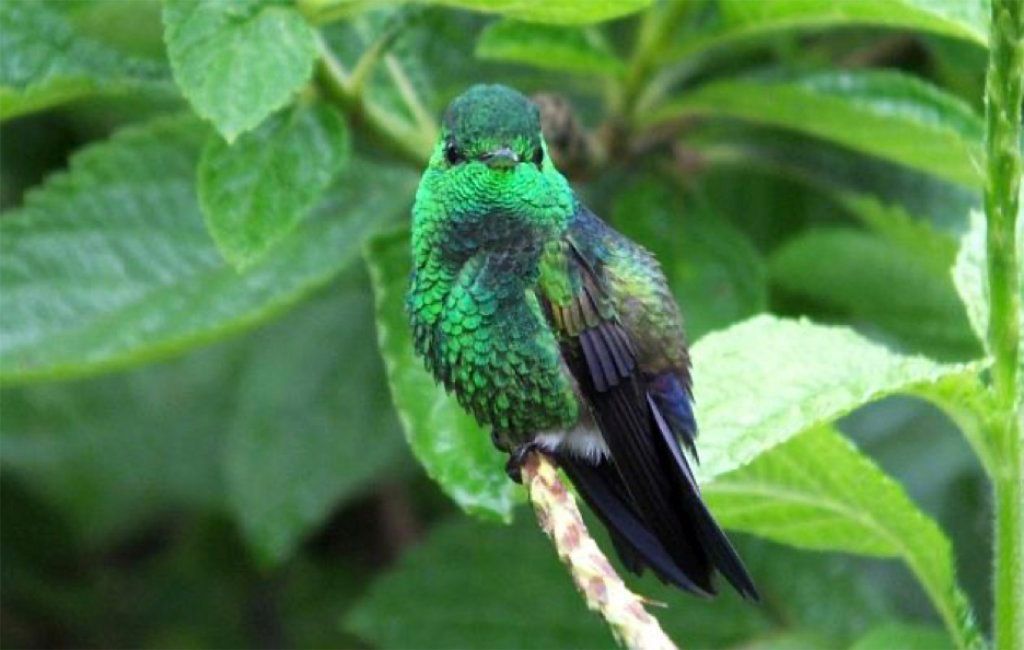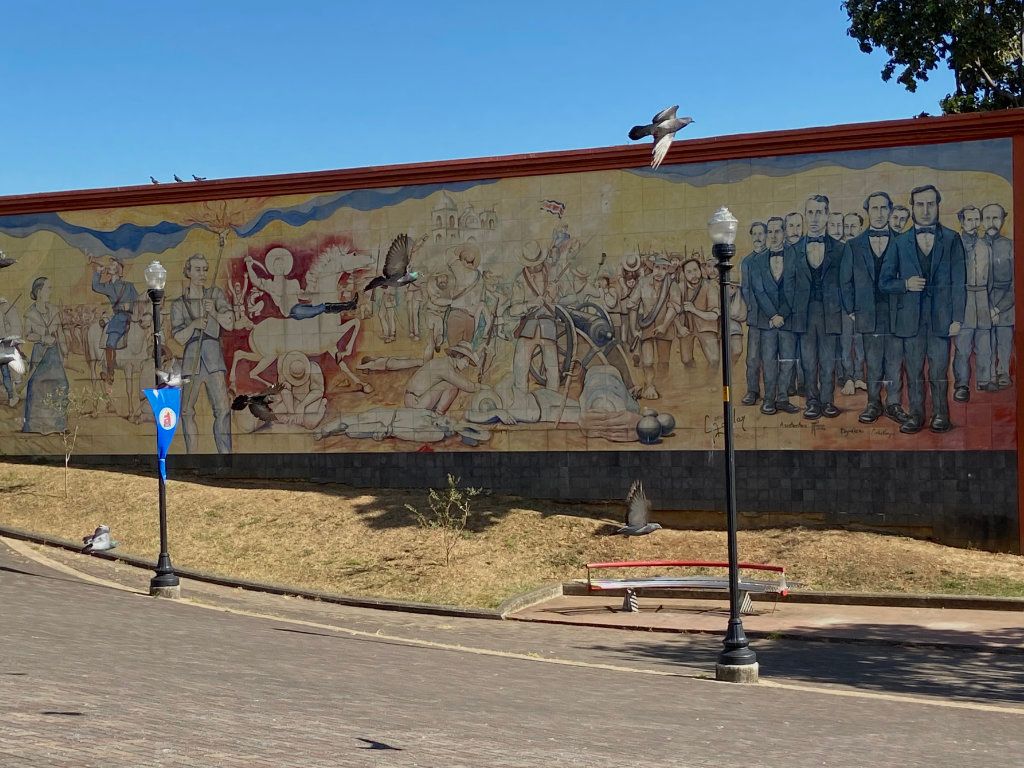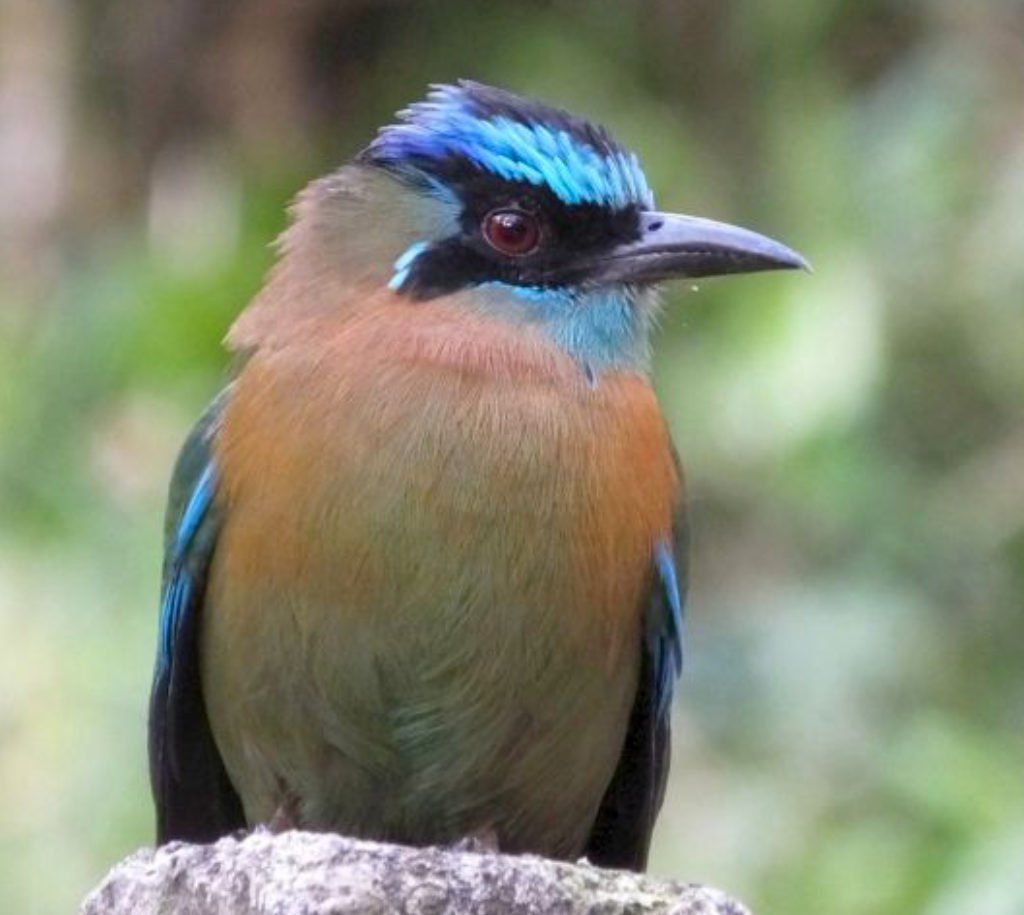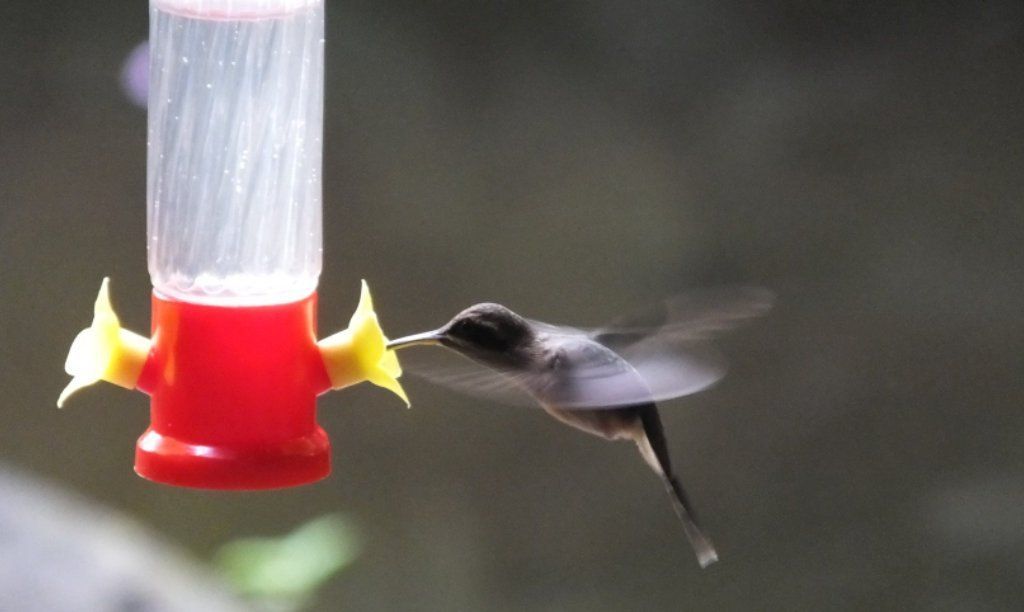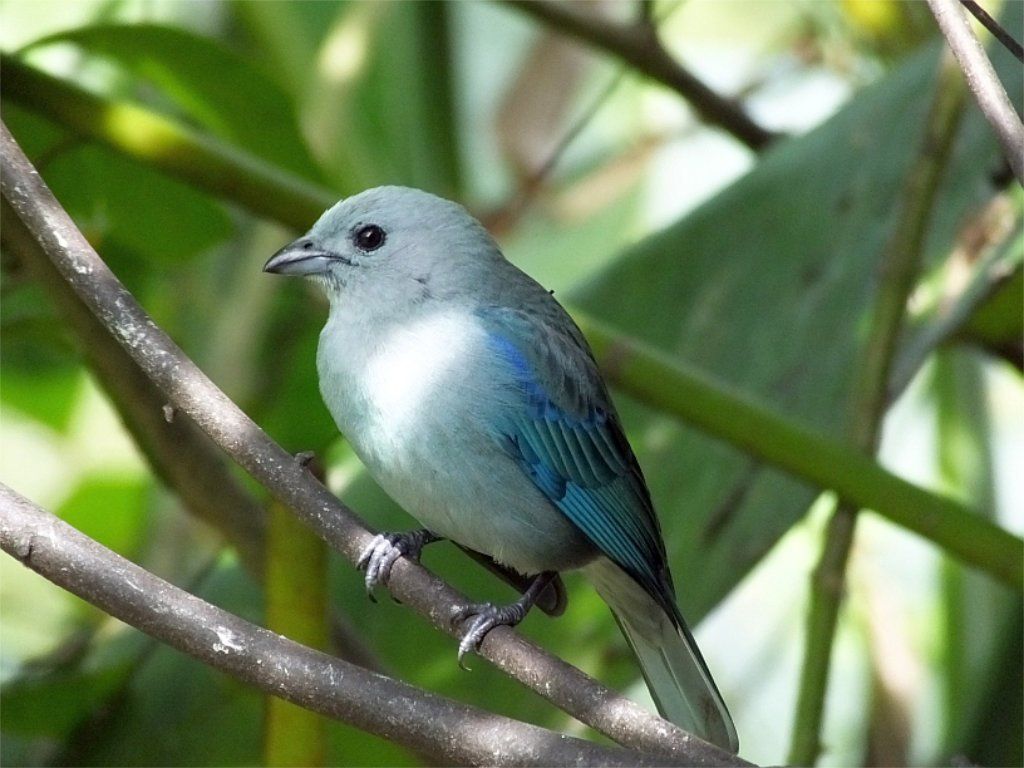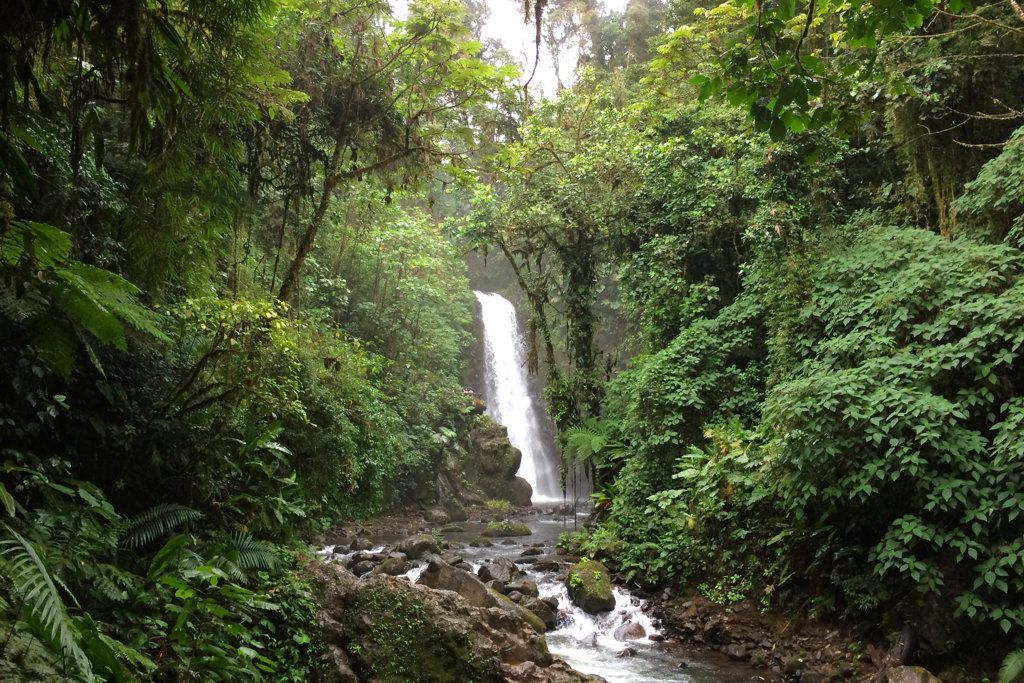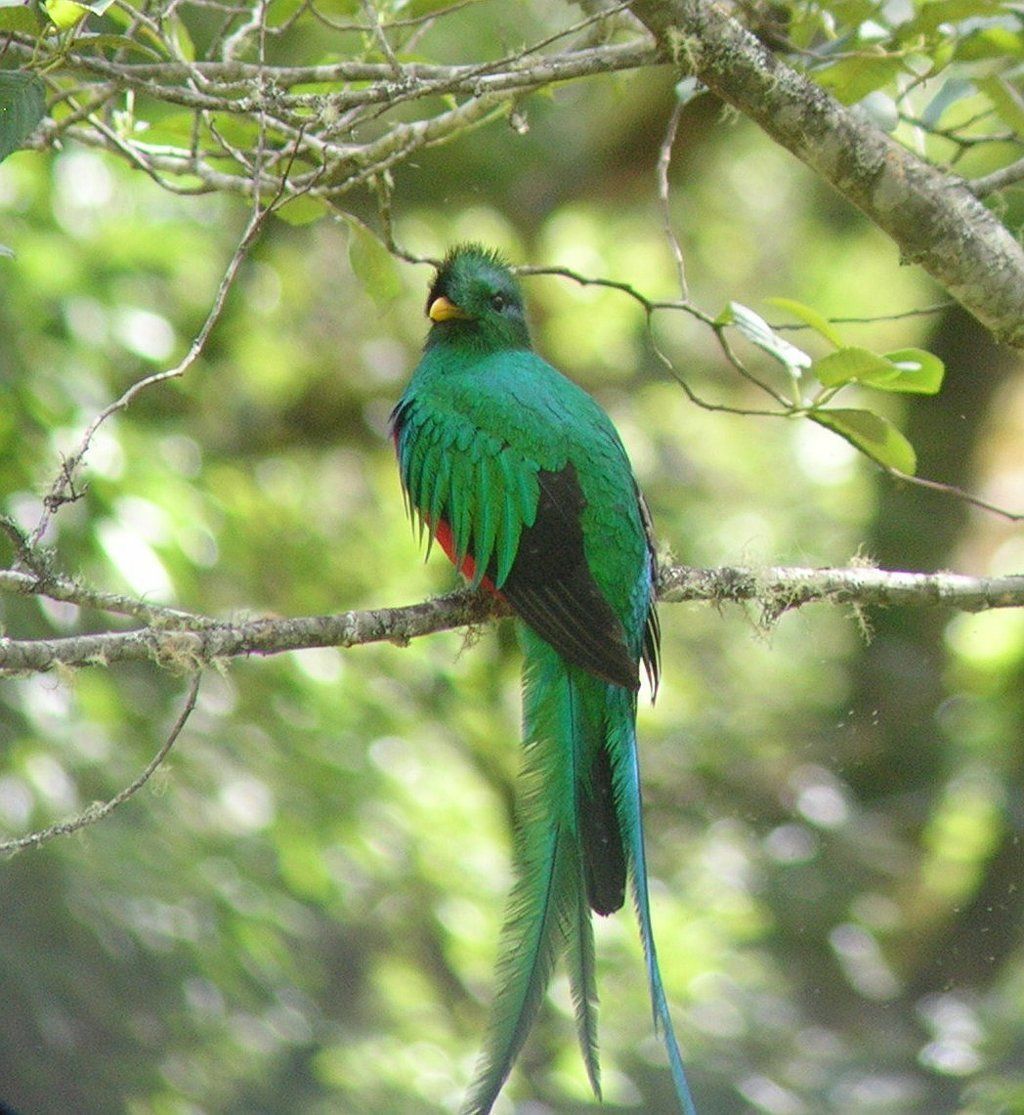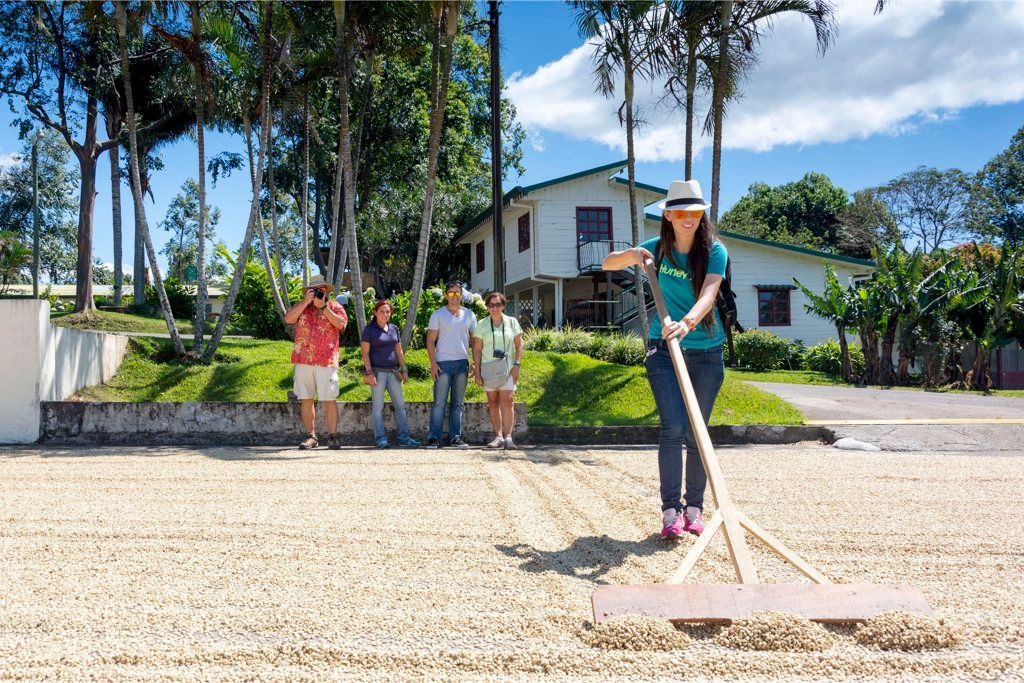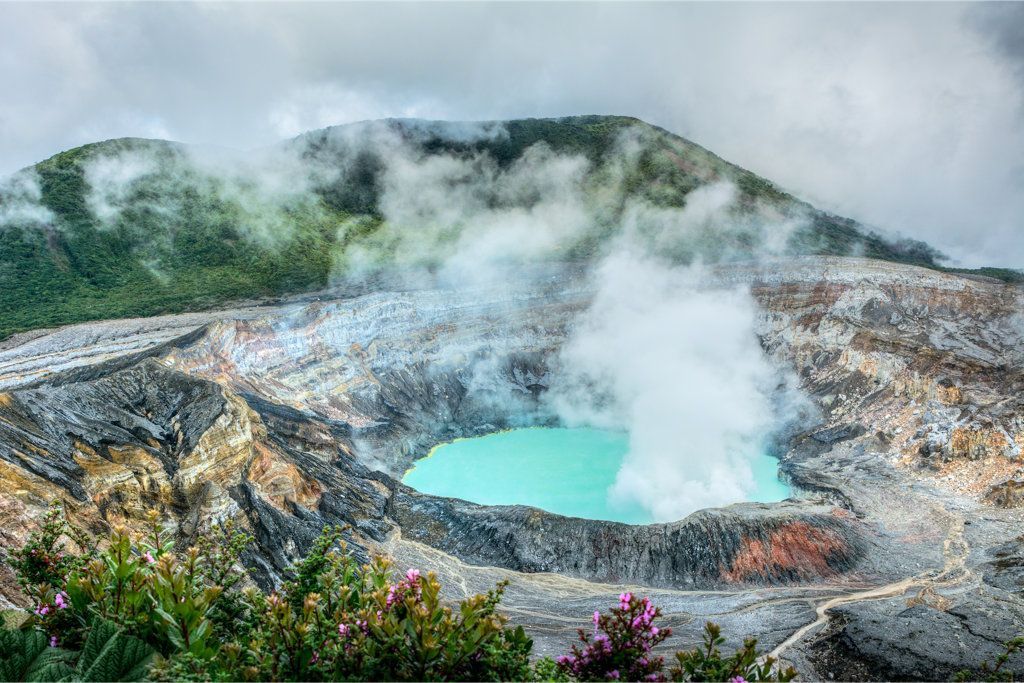A Guide to the Toucans of Costa Rica
Toucans! Those birds with the over-sized beaks tend to bring up visions of tropical places, cartoons, and cereal boxes. Although their exaggerated appearances do make them look like animation come to life, the only other true common supposition about toucans of Costa Rica is their tropical provenance.
Toucans are indeed restricted to tropical realms and occur from tropical forests in Mexico south to northern Argentina. Although they are absent from Caribbean Islands, several toucan species range in cloud forest, rainforest, and tropical savannah habitats. Costa Rica is fortunate to have 6 species of toucans and even better, most are fairly easy to see!
In general, toucans are very social birds that occur in pairs or small flocks. They nest in tree cavities and use their large beaks to eat fruit, insects and many other small creatures, including eggs and nestlings of other birds. They act somewhat like jays and crows, often call from high perches, and are often found at fruiting trees. Toucans also visit fruit feeders!
See this guide about toucans in Costa Rica to learn about these spectacular birds and where to see them:
Keel-billed Toucan ( Ramphastos sulfuratus )
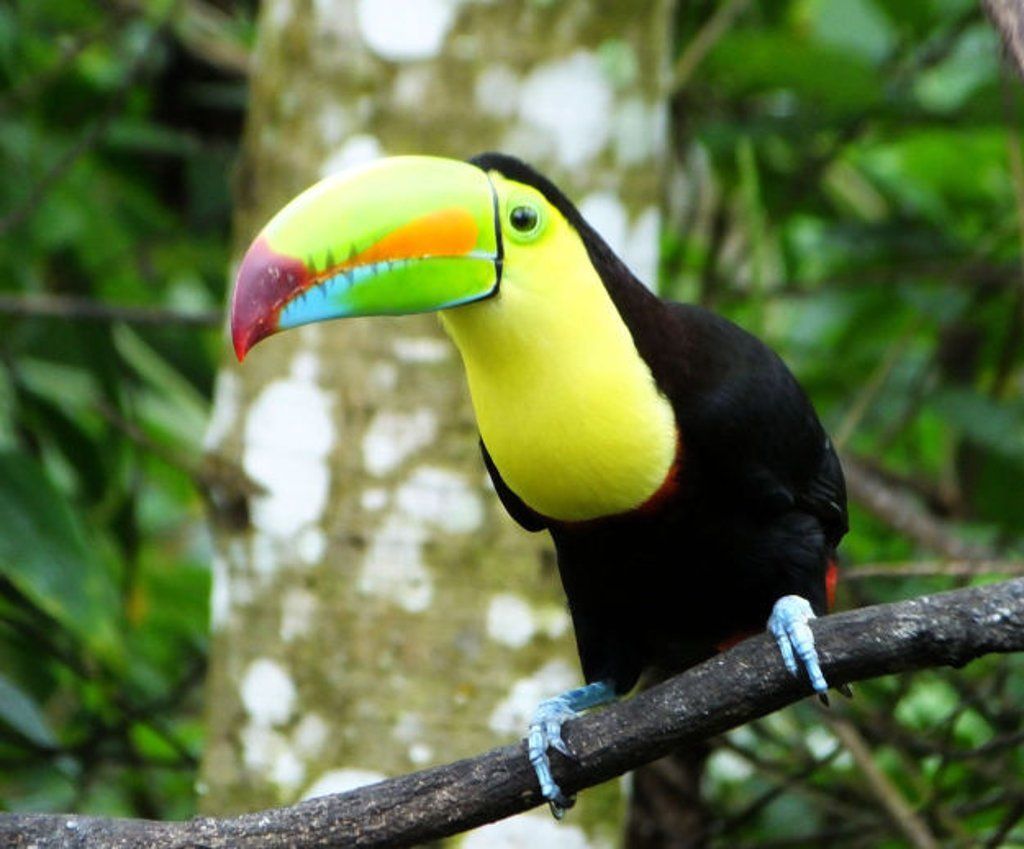
This big bird with the rainbow-colored beak mostly occurs in lowland and foothill rainforest on the Caribbean slope as well as in forested areas on the north Pacific slope. It seems to be especially common in moist woodlands at such sites as Rincón de la Vieja and the Monteverde area. As long as there are enough large trees for nesting and fruit for it to feed on, Keel-billed Toucans also occur in parts of the western Central Valley, including the grounds of Villa San Ignacio!
Yellow-throated Toucan ( Ramphastos swainsonii )
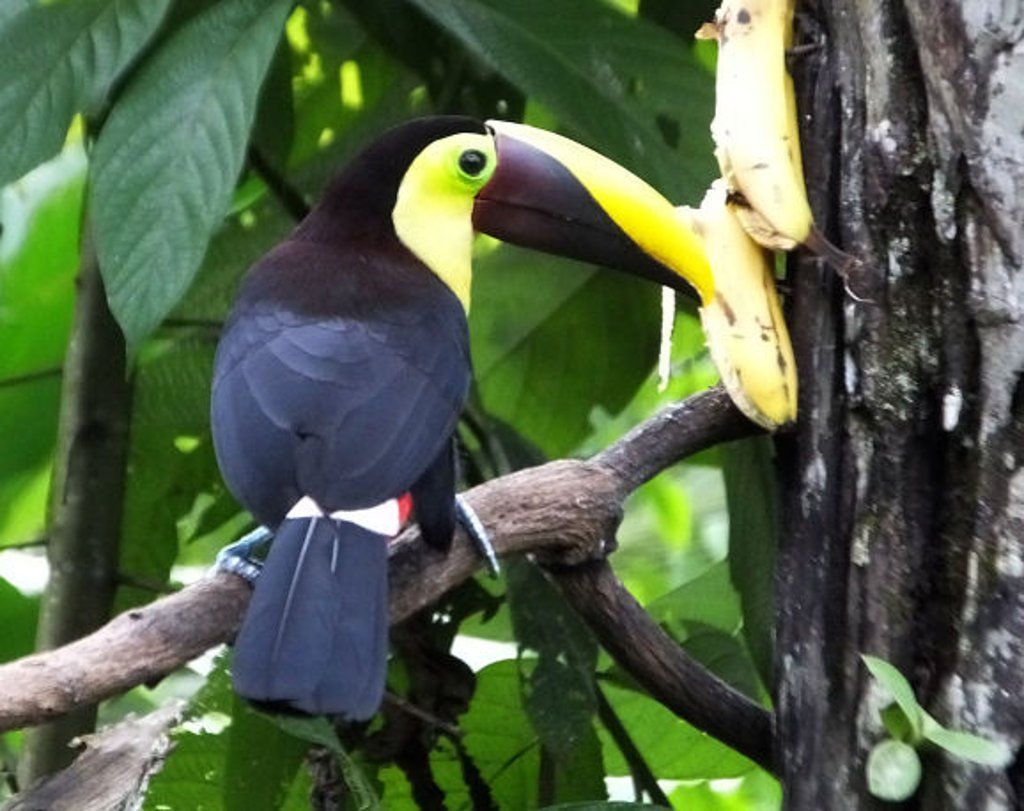
The bird formerly known as the Chestnut-mandibled Toucan and the Black-mandibled Toucan, this largest toucan in Costa Rica is common in lowland and foothill rainforest habitats on both sides of the mountains. Pairs often duet from perches that emerge above the forest canopy.
Northern Emerald Toucanet (Aulacorhynchus prasinus)
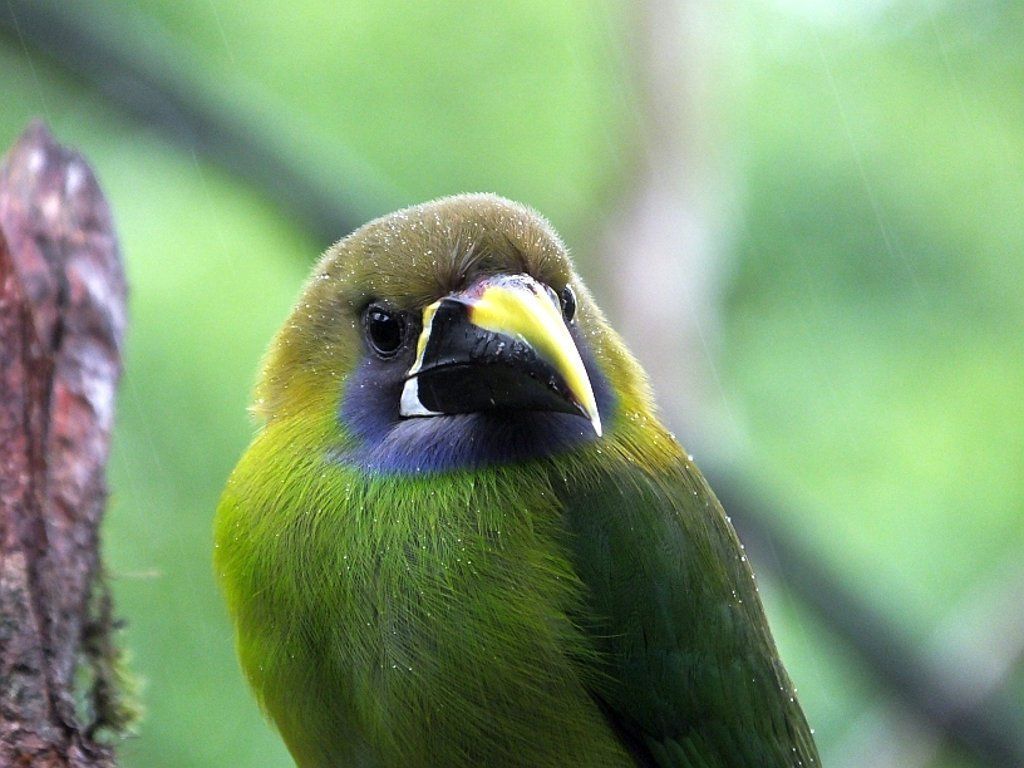
A small toucan of highland forest habitats, the ones that live in Costa Rica are sometimes split as a separate species and known as “Blue-throated Toucanet”. Fairly common but inconspicuous, this species occurs in forest patches in the upper elevations of the Central Valley as well as many other montane sites including Volcan Poás.
Collared Aracari (Pteroglossus toraquatus)
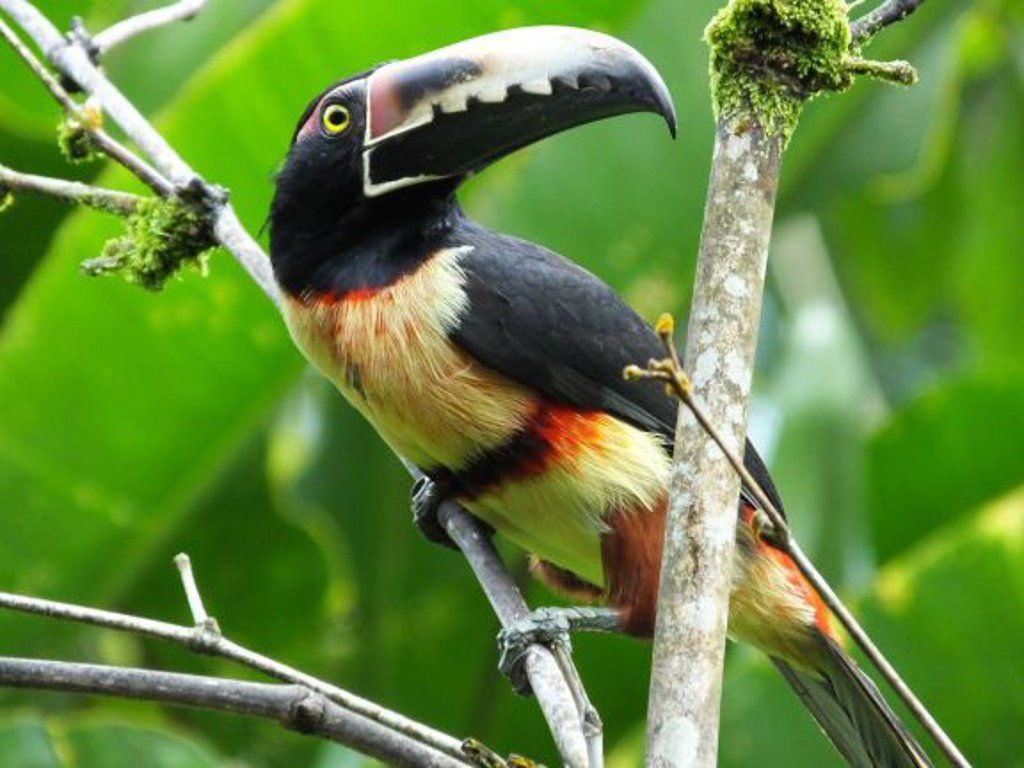
A small, colorful toucan of rainforest and moist forest, it usually occurs in small groups and can occur in gardens. This species lives on the Caribbean slope, the Nicoya Peninsula, and parts of Guanacaste.
Fiery-billed Aracari (Pteroglossus frantzii)
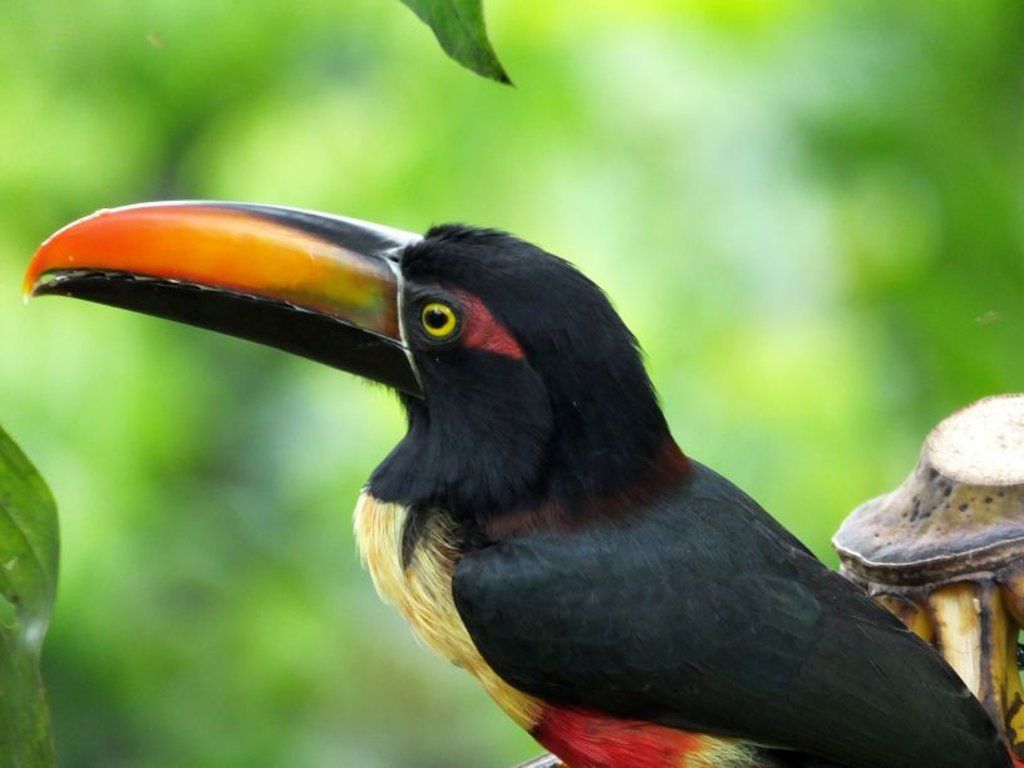
This beautiful bird is similar to the Collared Aracari but has a different colored bill and different underparts. It replaces the Collared Aracari in forests of the southern Pacific slope and in parts of the Central Valley. Guests of Villa San Ignacio may spot this species on the hotel grounds.
Yellow-eared Toucanet (Selenidera spectabilis)
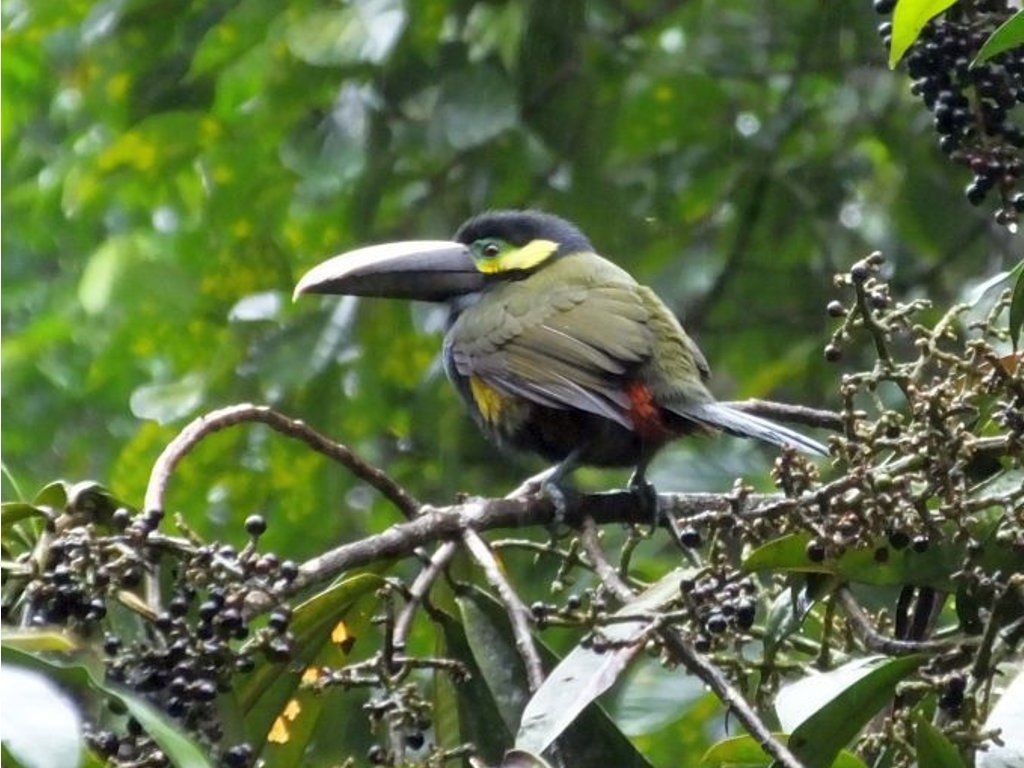
Saving the least common toucan in Costa Rica for last, this species is more secretive than the others. It typically occurs in pairs or small groups and prefers dense, mature foothill rainforest of the Caribbean slope. Good place to see it include the forests of the Arenal area, on the northern volcanoes, and in Braulio Carrillo National Park.
Keep an eye out for birds in Costa Rica and you should see toucans at some point. Walk the beautiful grounds of Villa San Ignacio and it won’t take long to see birds, watch for Keel-billed Toucan and Fiery-billed Aracari!
>Book your Toucan Trip now in Costa Rica at Villa San Ignacio
Blog by Patrick O’Donnell
Patrick O’Donnell started birding at the age of 7 in Niagara Falls, NY. A biologist by trade, he has worked on bird-related projects in a number of places and has guided birders in Ecuador, Peru, and Costa Rica. Patrick has lived in Costa Rica since 2007 and when not birding, writes about birds, travel and tourism, and other topics.
The post A Guide to the Toucans of Costa Rica appeared first on Villa San Ignacio | Hotel near San Jose and Alajuela | Costa Rica.
